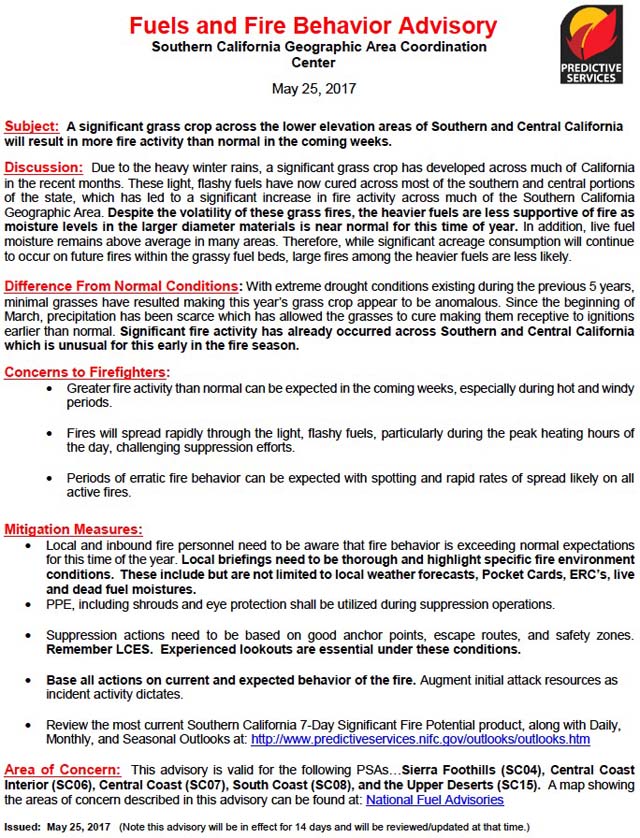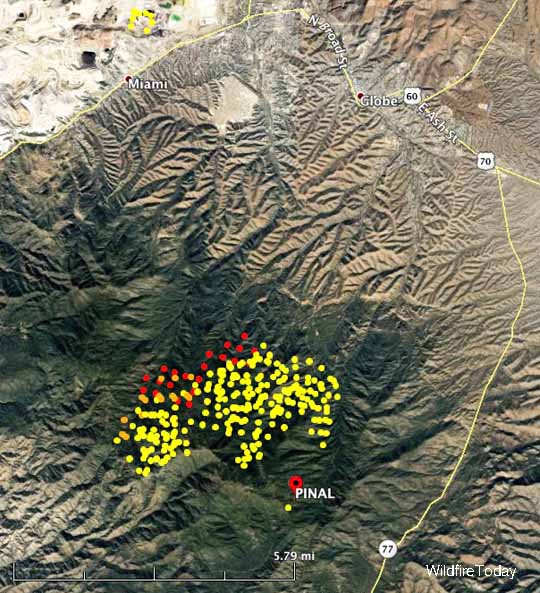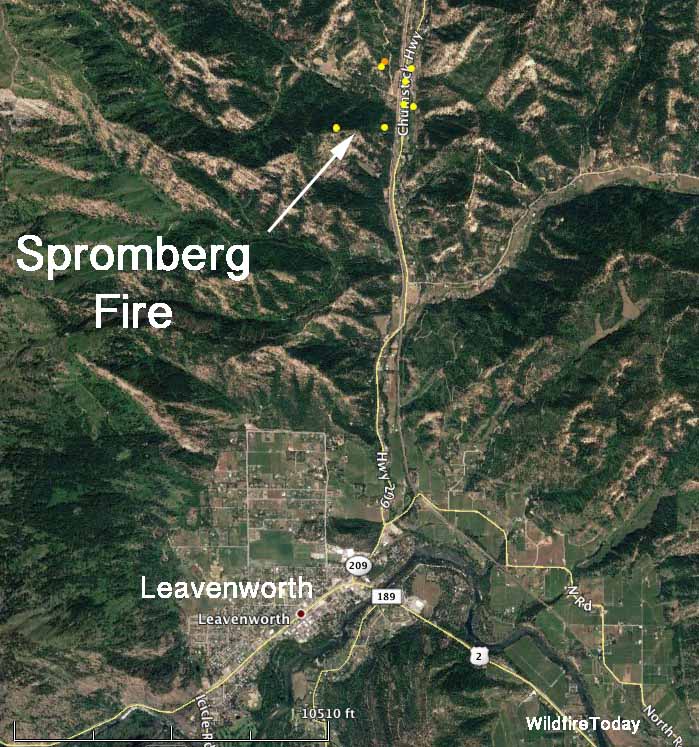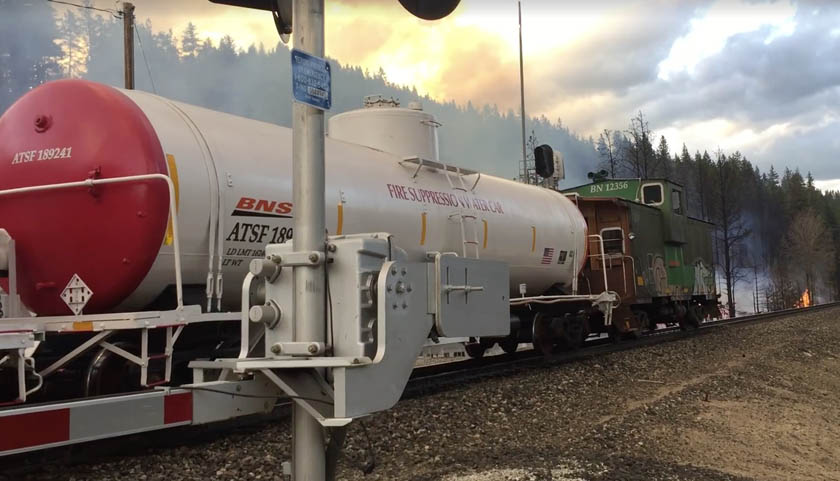
(Revised at 1:13 p.m. MDT May 27, 2017)
The California inmate firefighter in Humboldt County was killed May 24 while working on a county roads project in the northwestern part of the state in Del Norte County.
According to the California Department of Corrections and Rehabilitation, Matthew Beck, 26, was working with a crew in the Hoopa area. He suffered major head, neck and back injuries when a 120-foot tall tree uprooted and fell on him. He died before life-flight crews were able to reach him.
“We are saddened by the death of Matthew Beck, and our thoughts and prayers are with his family and friends,” said CDCR Secretary Scott Kernan. “The inmates who year after year help protect our communities from the devastation of fires perform a valuable public service, and it is a tragic event when we lose one of them.”
Mr. Beck, who was assigned to the Alder Conservation Camp in Del Norte County, was serving a six-year sentence for burglary and was due to be parolled in October. He is the fourth inmate firefighter to die on a fire since the conservation program was created in the 1940s.
In February of 2016 another California inmate firefighter, Shawna Lynn Jones, 22, died after being struck by a boulder that rolled down a hill on the Mulholland Fire near Malibu.
Our sincere condolences go out to the friends, family, and coworkers of both firefighters.
This article has been edited to rectify incorrect information initially provided by the CDRC. The firefighter was not working on a fire at the time of the accident.







